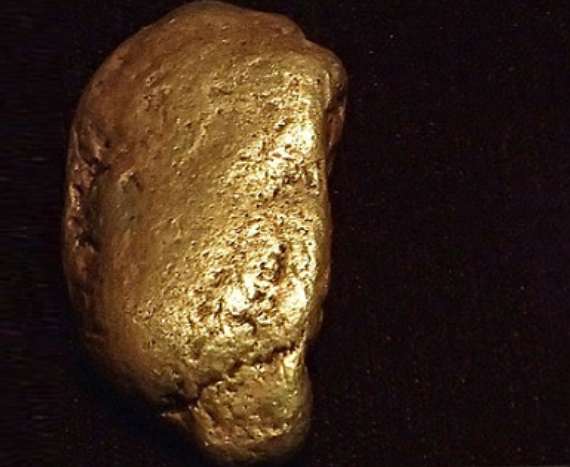
Streams and river basins are some of the most popular places to find gold because over thousands, if not millions of years these waterways have cut into and eroded areas were gold deposits exist and have carries it downstream from fine powder to sizeable nuggets.
While many people to this day search for gold in current riverbeds and streams, the ancient riverbeds and streams that no longer run water are places that get overlooked. Around the world, there are dried up river beds that may be teeming with gold just waiting to be found. Plus, given the wind erosion and other forces, it’s possible that some of this gold may be at or near the surface and relatively easy to find.
For those who are interested in looking for new places to find gold, ancient riverbeds are prime candidates. However, you will need to know what to look for and prospect an ancient river bed.
How to Find Ancient Riverbeds
Locating an ancient riverbed is not as easy as it might seem and it’s not as easy to search for gold. However, if you know what to look for you can find often untouched places that may deliver a considerable amount of gold.
Signs that an ancient river once ran through an area include:
Basically, you are in many ways looked for river that has everything except the water. So you will need to focus your efforts on finding one or more of the four signs listed above. Typically, rocks on dry land have sharp edges. But rocks that have rounded edges means that they were eroded by running water. You need to look for a large patch of rounded stones, not just one or two that might have been moved their by accident.
Alluvial gravel is essentially small stones that look much like the gravel found along river banks and bottoms. On dry land, this type of gravel should stand out although much of it might be buried under a foot or two of earth.
Seeing layers in current river banks tells you were the river once ran, so you will need to dig along the bank to find alluvial gravel or rounded stones that are above the current river level that may indicate the river once ran in another direction. Finally, identifying plants such as the cottonwood plant that normally grows in plenty of water may indicate an ancient riverbank is present. Cottonwood plants in particular can be helpful in finding bedrock connected in “V” joints where gold might be trapped.
These ancient rivers may be only a short distance from the current path of the river. However, in some areas that have seen extensive geological action and colliding tectonic plates, sometimes an ancient river channel can be miles away from where it once was.
Also Read: How to Locate Gold Veins in Hard Rock
Finding the Gold in an Ancient Riverbed
Now that you’ve found the ancient riverbed, you’ll need to dig up some samples that run several feet down and start panning for gold. What you find can tell you the direction of the ancient riverbank and mapping it out can lead you to find deposits of gold.
Be sure to draw your map carefully and compare the gold you find during each dig. The results may be that you find far more gold than panning in current rivers and streams.
Next: How Placer Gold is Deposited in Creeks and Rivers

